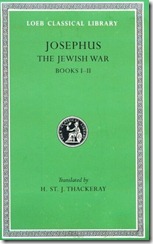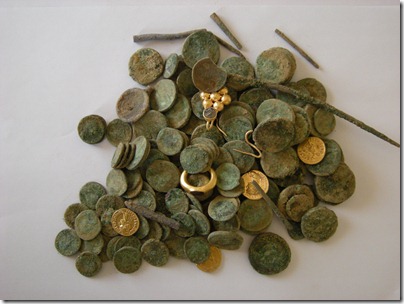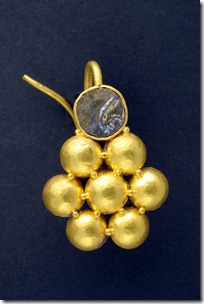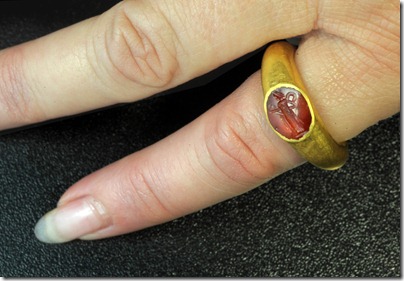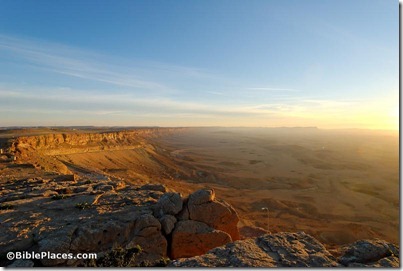The Archaeology in Israel Update—May 2012 reviews the major stories, including the Qeiyafa shrines, Megiddo jewelry, Bethlehem bulla, forgery trial, and more.
A summary of the recent survey of Abel Beth Maacah indicates a long history of occupation.
Ferrell Jenkins asks and answers the question of whether Paul docked in Perga or Attalia on his first missionary journey.
In a new article, Reinhard Achenbach argues that the Qeiyafa Ostracon is written in Hebrew and should be translated “Give rights to slaves and to widows! Give rights to orphans and foreigners!
Protect the rights of the poor and protect the rights of minors!”
Israeli Archaeological Activity in the West Bank 1967-2007: A Sourcebook is now available as a free pdf. We noted the searchable online map version in 2009. An introduction to the study can be found at the UCLA Newsroom.
The Past is Yet to Come… is a short video introducing the Israel Antiquities Authority and the significance of its work.
A large satellite photographic map of Israel is now available from Our Rabbi Jesus, with free shipping through Monday.
HT: G. M. Grena, Charles Savelle, A.D. Riddle

